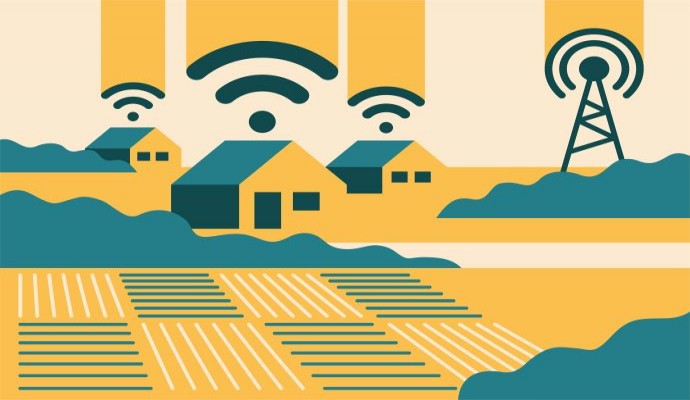Expanded Telehealth Access Can Cut Millions in Rural Health Costs
Widening telehealth access through broadband improvements in 10 counties in the South could result in nearly $43 million in healthcare cost savings, a new report shows.

Source: Getty Images
- Expanding broadband infrastructure in rural areas and increasing access to telehealth could result in millions in healthcare cost savings, according to a new report.
Released by the Southern Rural Black Women's Initiative for Economic and Social Justice, the report examines the most common health issues in 10 counties in rural Alabama, Georgia, and Mississippi. These health conditions include diabetes, chronic respiratory diseases, heart disease and heart failure, and cancer. The report authors also modeled cost savings that could result from expanded telehealth access made possible by improved internet connectivity.
Overall, healthcare cost savings from telehealth interventions could total almost $43 million annually.
Dougherty County, Georgia, stands to benefit the most from robust broadband and enhanced telehealth access, achieving potential cost savings of $16 million per year. On the other end of the spectrum is Baker County, Georgia, which would save $350,391 yearly.
The cost savings derive from different parts of the care continuum. With broader telehealth access, cost savings from avoided emergency department visits could total approximately $13 million across the counties, the report states.
Further cost savings could include:
- Avoided transportation costs — $26,978
- Avoided preventable admissions — $1.7 million
- Avoided preventable readmissions — $5.6 million
- Avoided lost productivity — $22 million
According to 2020 data, many households in the 10 counties do not have access to internet speeds fast enough for telehealth visits. For a two-way video call, households need connections capable of delivering 100/20 megabits per second (Mbps).
In two of the 10 counties, no household had internet speeds of 100/20 Mbps; in four counties, more than 50 percent of households did not have access to 100/20 Mbps connections in 2020, the report notes.
"Overcoming the persistent challenges of our underbuilt national telecommunications infrastructure would unlock untold economic and educational benefits," the report authors state. "And the expense could be offset by the savings it would bring to our health care system today."
As telehealth use skyrocketed during the COVID-19 pandemic, the digital divide grew apparent.
According to a survey released in 2021 by the Bipartisan Policy Center, 45 percent of American adults said that access to technology, including broadband and computers, is a barrier to telehealth. This lack of access particularly impacted rural residents and adults over 65.
Further, a study published last October showed that veterans who engaged in video-based telehealth the most frequently — and in-person care the least — had the highest levels of broadband availability and the lowest area deprivation index (ADI).
For the study, researchers gathered administrative data on primary care from the Veterans Health Administration. Gathered from visits between Oct. 1, 2016, and Feb. 8, 2020, and from March 1, 2020, to June 30, 2021, the data represents 937 primary care clinics offering telehealth and in-person care.
The researchers found that veterans with optimal broadband access participated in 16 additional video visits per 100 patients per quarter than those with inadequate broadband access.
The Federal Communications Commission has prioritized broadband expansion in the last few years, partly to expand access to telehealth services.
Last May, the agency announced plans to authorize more than $640 million to support new broadband deployments in 26 states. The money comes from the Rural Digital Opportunity Fund, established in 2020 to help bring high-speed fixed broadband services to rural homes and small businesses.
The fund has an overall budget of $20.4 billion to be awarded over 10 years. From its inception through May 2022, the fund provided $4.7 billion to nearly 300 carriers for new deployments in 47 states.
